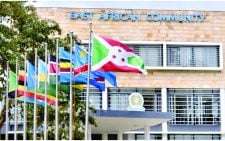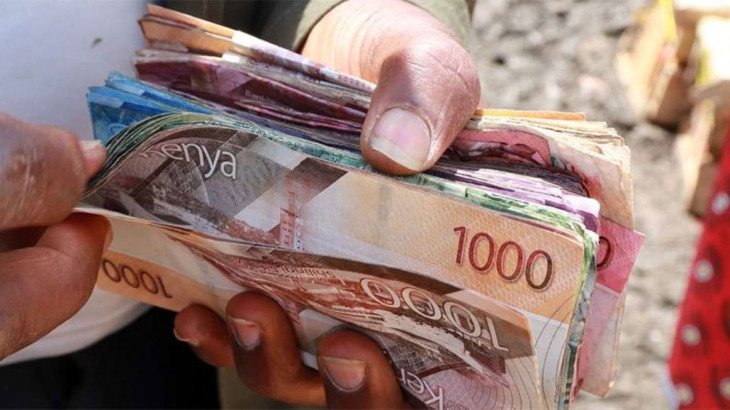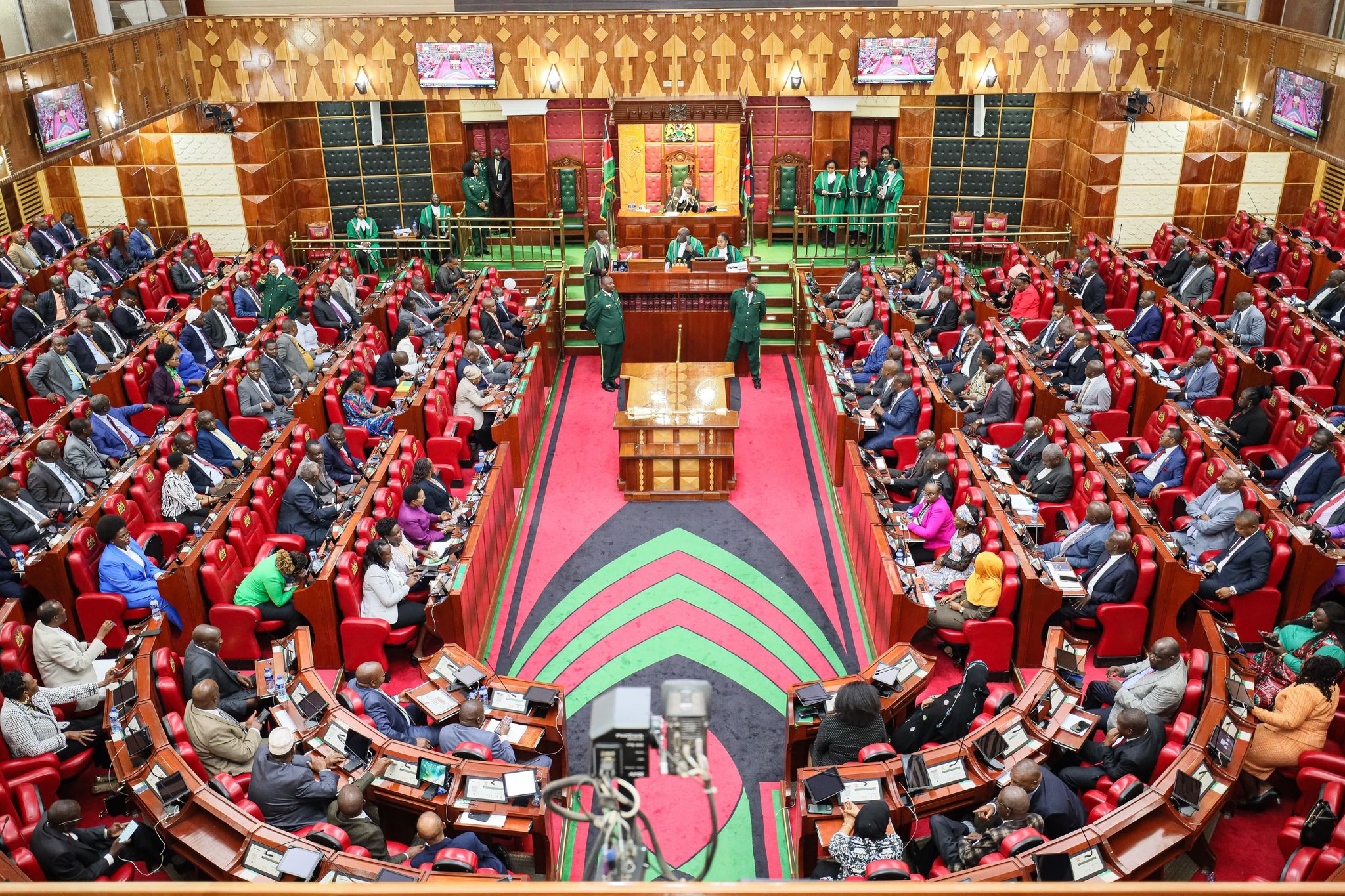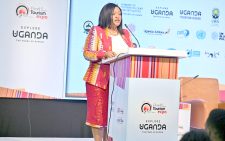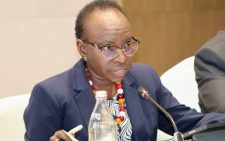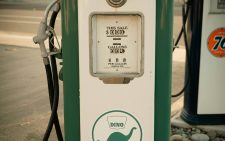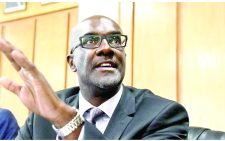EAC urged to set up fund to spur petroleum sector
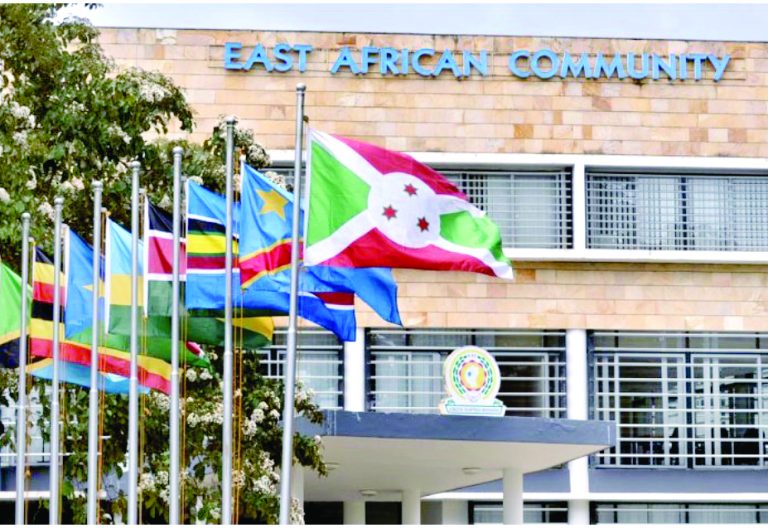
East African Community (EAC) partner states have been asked to set up a development fund to fast-track the development of the region’s petroleum industry.
Hussein Ali Mwinyi, president of Tanzania’s Zanzibar said the establishment of the regional petroleum development fund should be prioritised as inadequate funding remains a major barrier to growth in the sector.
“With this fund in place, we will support our projects and invest in training, research, development, and innovation across the petroleum sector,” he said at the close of the 11th East African Petroleum Conference and Exhibition 2025 in Dar es Salaam on Friday.
Mwinyi noted that traditional financiers, on whom African nations have long relied, are increasingly withdrawing support due to climate change concerns.
He pointed to the African Petroleum Producers’ Organisation’s collaboration with the African Export-Import Bank to establish the Africa Energy Bank as an example the EAC could learn from in addressing the funding gap caused by the global energy transition.
The call for financial solutions comes as EAC member states, including Kenya, intensify efforts to attract investment in petroleum exploration and development.
Kenya, in particular, has restructured its petroleum exploration blocks to align with global best practices, paving the way for its first licensing round in September 2025.
Energy and Petroleum Cabinet Secretary Opiyo Wandayi announced that 10 highly productive blocks have been identified, presenting a significant opportunity for investors. “These blocks, located in the Lamu and Anza basins, have proven discoveries and considerable untapped potential,” he said.
The government has compiled extensive geo-scientific data, including seismic surveys, geological reports, and well data, all available at the National Data Centre hosted by the National Oil Corporation of Kenya. Beyond exploration, Kenya is also investing heavily in infrastructure to support oil and gas development.
Improved road networks
Key projects include the expansion of Lamu Port under the Lamu Port-South Sudan-Ethiopia-Transport (LAPSSET) Corridor development programme, improved road networks to ease logistics, and the Lamu–Lokichar Pipeline Project, which aims to ensure efficient transportation of petroleum products.
“These infrastructure developments will enhance Kenya’s competitiveness as a regional energy hub,” Wandayi stated.
Kenya’s move aligns with broader regional efforts to strengthen the petroleum sector.
Uganda, for instance, has committed over $4 billion to the East African Crude Oil Pipeline (EACOP), while Tanzania is accelerating its liquefied natural gas (LNG) projects.
With neighbouring countries aggressively pushing for investment, Kenya’s licensing round is seen as a crucial step in positioning itself as a key player in the industry. However, concerns persist over how petroleum revenues will be managed.
Recent data from the Ministry of Energy and Petroleum shows that Kenya’s petroleum revenue collections reached Sh21 billion last quarter, largely from domestic fuel taxes and crude oil exports.
Yet, nearly 60 per cent of these funds were allocated to recurrent expenditure—such as fuel subsidies and government operations—while only 40 per cent went toward long-term infrastructure projects.
Wandayi reassured stakeholders that the government is committed to ensuring petroleum wealth is used for sustainable growth.
He highlighted Kenya’s skilled workforce in petroleum engineering, geology, and geophysics as an added incentive for investors.
“The Government of Kenya remains committed to capacity-building initiatives, fostering local expertise and innovation to support industry growth,” he affirmed.

